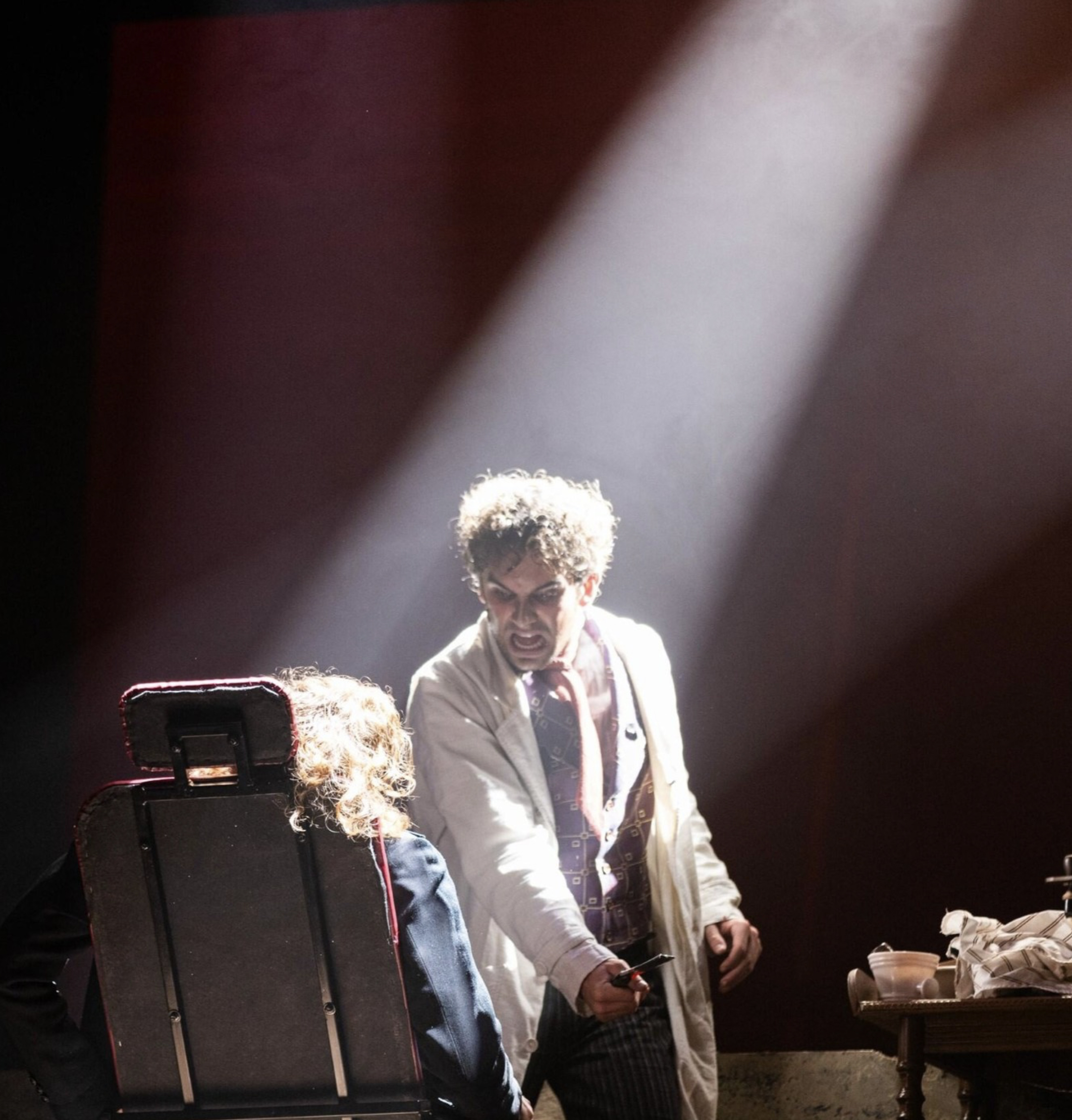In his popular THEA 100 class, Malcolm Womack, assistant teaching professor in the School of Theatre, exposes students to works of western and world theater they might never come across otherwise: West African performance theater; Sanskrit drama; the tragedies of Ancient Greece; Shakespeare, and much more. Womack covers the theoretical framework of theater as a genre, the various entities that constitute theater—actors, designers, directors—and how in the west it evolved from “low brow” entertainment into an accepted art form for the middle classes.
But the main goal of his class, Womack says, is to impart the joy of theater to his students—and that begins with encouraging them to appreciate the theater scene at University Park.
“There’s pluses and minuses to a big school,” Womack says. “The joy of Penn State is that we have a really good theater program and there are a lot of great performances the students can see.”
 Every semester, THEA 100 students are required to attend two School of Theatre productions and a third performance of their choice. “I encourage them to go find one of the student performance groups, or a foreign language group, or a step company,” Womack says. “It’s easy to get lost amongst everything that’s happening on campus, but I want them to take the time to look around and find something. Maybe they’ll love it, or maybe it won’t be for them, but I want them to choose what they’re going to see.”
Every semester, THEA 100 students are required to attend two School of Theatre productions and a third performance of their choice. “I encourage them to go find one of the student performance groups, or a foreign language group, or a step company,” Womack says. “It’s easy to get lost amongst everything that’s happening on campus, but I want them to take the time to look around and find something. Maybe they’ll love it, or maybe it won’t be for them, but I want them to choose what they’re going to see.”
Womack puts together a questionnaire for students that’s designed to get them to think critically about the performances they’ve seen and to apply what they’ve learned about theater as an art form. “Sometimes, the questions will be about adaptation—how do you adapt a piece of literature for the stage? Sometimes it’s about music for a musical,” he says. “My final question is always about the audience because that’s the most important part of theater and it’s an incomplete art form until there’s an audience in the room.”
Womack, who’s scholarly interest is in popular entertainment (he did his doctoral thesis on Harlem’s legendary Jazz Age nightspot, The Cotton Club), also likes to talk about the cult of celebrity. Every semester, he asks his students which celebrities are on their walls. “I’ll look through all the responses and often see the usual suspects, Taylor Swift and so on,” he says. But then there are others—K Pop bands, the Bollywood megastar Shahrukh Khan. “I’m surprised by the number of students who know who they are,” he says.




